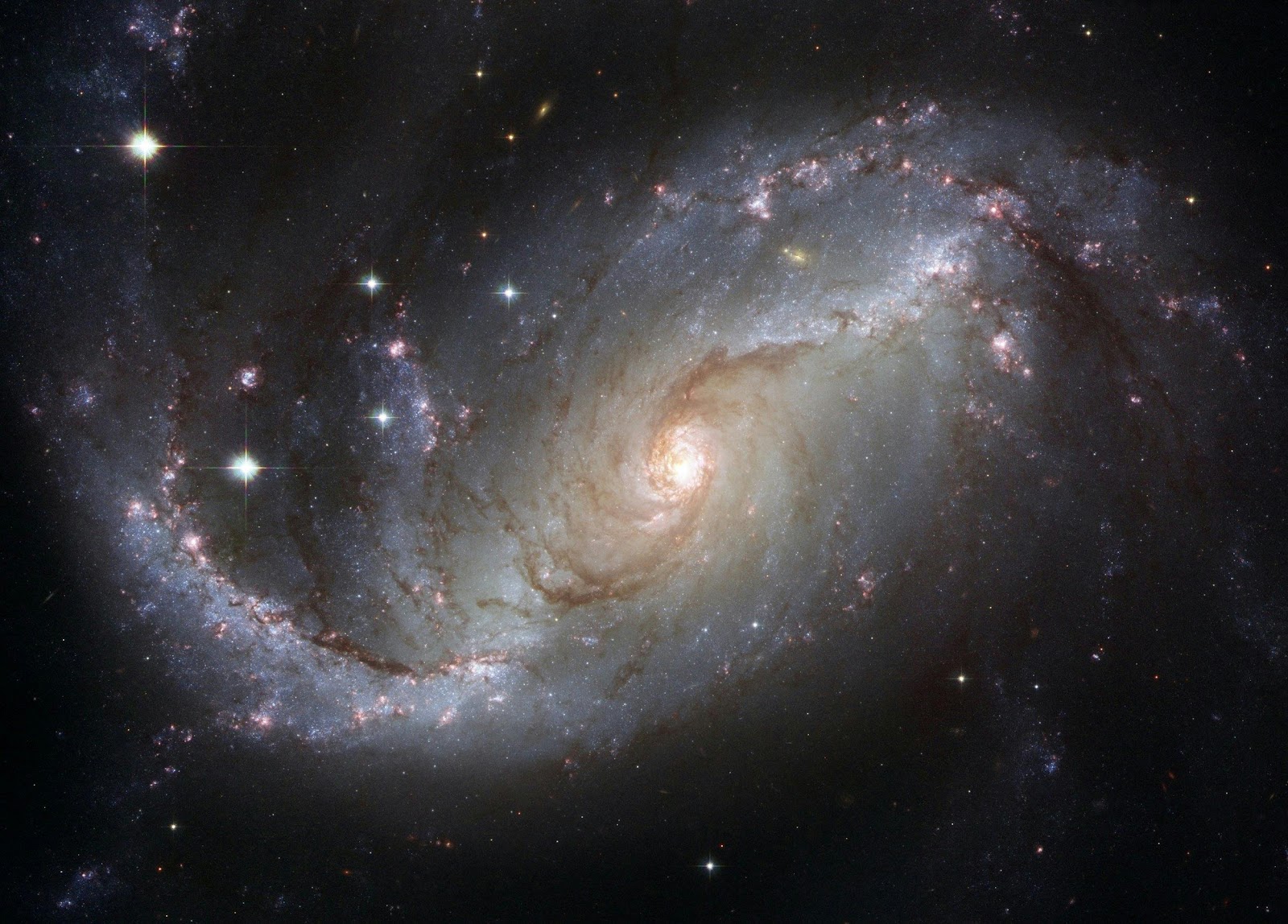Introduction:
Astrology has long intrigued humanity, offering insights into the mysteries of the cosmos and our place within it. Vedic astrology, rooted in ancient Indian traditions, and scientific astrology, informed by modern research and technology, are two prominent approaches to this age-old practice. In this article, we delve into the similarities, differences, and potential synergies between Vedic and scientific astrology, shedding light on their respective methodologies, principles, and applications.
Understanding Vedic Astrology: Vedic astrology, also known as Jyotish Shastra, traces its origins to the Vedas, ancient Indian texts dating back thousands of years. It is deeply ingrained in Indian culture and spirituality, guiding individuals through the cosmic rhythms of life. Vedic astrology operates on the belief that celestial bodies exert influence on earthly affairs, shaping human destinies based on the positions of planets at the time of birth.
Birth Chart (Kundli): A fundamental component of Vedic astrology, the birth chart is a map of the heavens at the moment of an individual's birth. It comprises twelve houses representing different aspects of life and their corresponding planetary placements.
Planetary Periods (Dashas): Vedic astrology delineates specific periods in a person's life governed by particular planets, known as dashas. These periods influence life events and experiences, guiding one's journey through various cosmic cycles.
Scientific Astrology: Bridging Tradition and Modernity:
Scientific astrology, also referred to as Western or contemporary astrology, approaches the study of celestial influences through a scientific lens. Drawing upon advancements in astronomy, mathematics, and psychology, scientific astrology seeks to analyze planetary movements and their correlations with human behavior and events.
Key Features of Scientific Astrology:
Empirical Analysis: Scientific astrology emphasizes empirical observation and statistical analysis to explore correlations between planetary positions and real-world phenomena. Researchers examine large datasets to identify patterns and trends, enabling the formulation of predictive models.
Psychological Insights: Unlike traditional astrology's focus on fate and destiny, scientific astrology often interprets celestial influences in psychological terms. It explores the symbolic meanings of planetary archetypes and their resonance with individual personality traits and psychological dynamics.
Computerized Calculations: With the advent of computer technology, scientific astrology has embraced computational methods for chart calculations, predictions, and analysis. Software programs facilitate precise calculations and data visualization, enhancing the accuracy and efficiency of astrological consultations.
Synergies and Divergences: While Vedic and scientific astrology diverge in their philosophical underpinnings and methodologies, they share common ground in their pursuit of understanding the cosmos and its impact on human life. Both traditions recognize the significance of planetary influences and the interconnectedness of celestial and terrestrial realms.
Synergies:
- Symbolic Language: Both Vedic and scientific astrology employ a symbolic language to interpret celestial phenomena and their implications for human experience. Archetypal symbols, planetary alignments, and geometric configurations serve as symbolic tools for understanding cosmic dynamics.
- Predictive Techniques: While Vedic astrology relies on ancient predictive techniques such as planetary transits, yogas, and das...





0 Comments